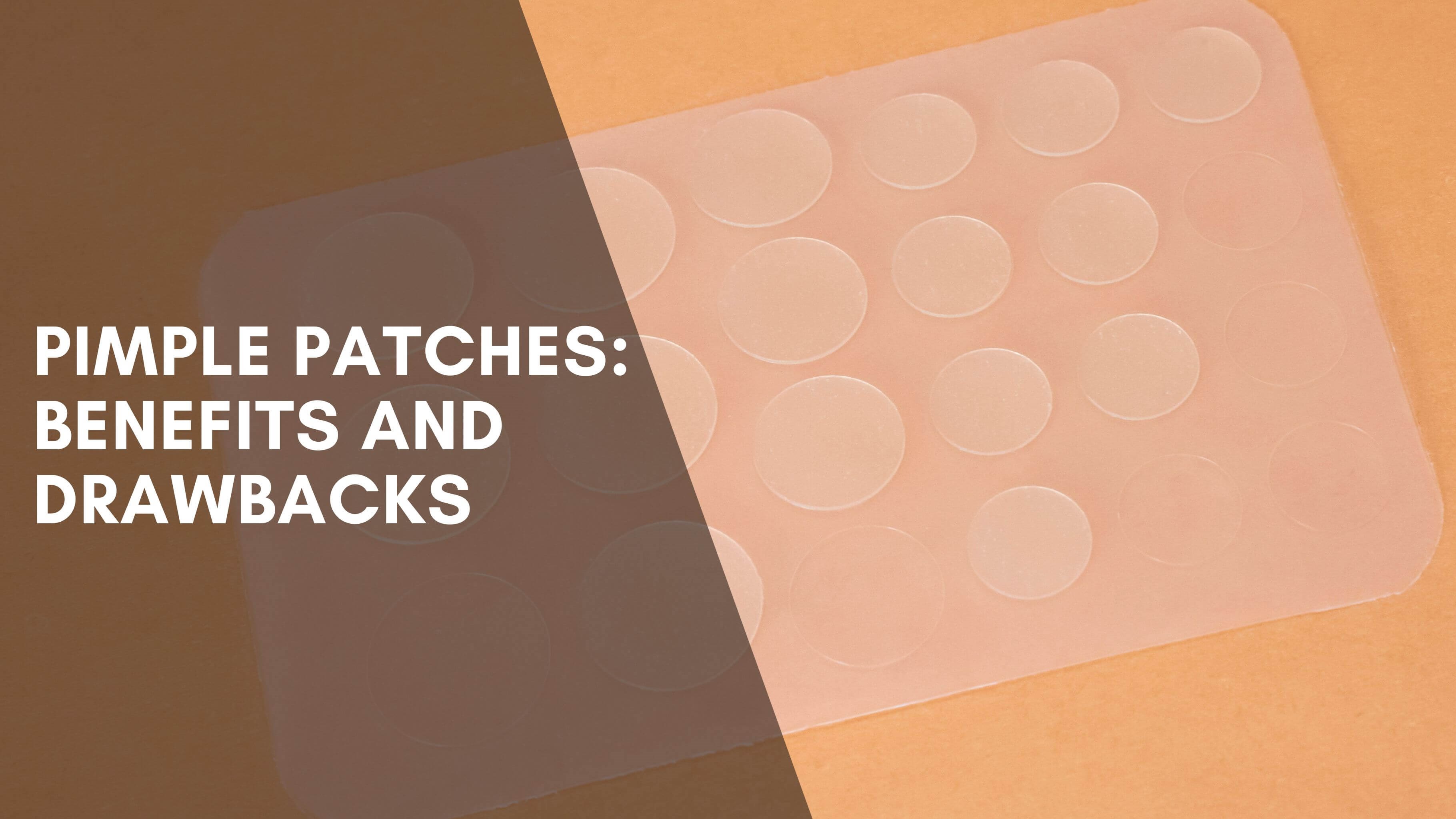Pimple Patches: Benefits and Drawbacks Explained
&srotate=0)
In the world of skincare, pimple patches have emerged as a trendy solution for managing acne. These small, adhesive patches are designed to be applied directly to blemishes and are marketed as a convenient and effective treatment. But do they really live up to the hype? This article explores the benefits and drawbacks of using pimple patches to help you determine if they’re a good fit for your skincare routine.
What Are Pimple Patches?
Pimple patches are small, often transparent stickers made from various materials, including hydrocolloid, salicylic acid, or tea tree oil. They work by covering individual pimples, creating a barrier that helps absorb excess oil, protect the blemish from external irritants, and sometimes deliver active ingredients directly to the pimple.
Pros of Pimple Patches
Convenience and Ease of Use
- Simple Application: Applying a pimple patch is straightforward. Clean the area, place the patch over the blemish, and let it work its magic. They are especially useful for targeting specific pimples without affecting the surrounding skin.
- Discreet Wear: Many pimple patches are thin and transparent, making them less noticeable when worn, so you can use them during the day or overnight.
Protective Barrier
- Prevents Picking: By covering the pimple, patches can reduce the temptation to pick or squeeze, which can prevent further irritation and scarring.
- Shield from External Factors: The patch acts as a barrier, protecting the blemish from bacteria, pollutants, and environmental stressors.
Hydration and Healing
- Hydrocolloid Patches: These patches create a moist environment that can help speed up the healing process by drawing out impurities and reducing inflammation.
- Active Ingredients: Some patches are infused with ingredients like salicylic acid, which helps to exfoliate the skin and reduce acne-causing bacteria.
Reduced Inflammation
- Soothing Ingredients: Patches containing ingredients like tea tree oil or aloe vera can help calm redness and swelling, providing relief from the discomfort of inflamed acne.
Cons of Pimple Patches
Variable Results
- Inconsistent Efficacy: The effectiveness of pimple patches can vary based on the type of acne and the formulation of the patch. Not all patches deliver the same results, and what works for one person may not work for another.
- Adverse Skin Reactions: Some patches contain active ingredients that can cause irritation or allergic reactions in sensitive individuals. It is fairly common for skin irritations to occur which can be recognized by a perfectly circular redness in the days following when the pimple patch was applied.
Limited Scope
- Effective for Specific Pimples: Pimple patches are best suited for individual, surface-level pimples. They may not be effective for cystic acne or widespread breakouts.
- Not a Comprehensive Solution: They are not a substitute for a complete skincare routine that addresses the underlying causes of acne.
Adhesion Issues
- Sticking Power: Some users find that patches don’t always adhere well, especially on oily or sweaty skin. This can reduce their effectiveness.
- Removal Challenges: Patches can sometimes leave residue or cause irritation when removed, particularly if used frequently.
Cost and Environmental Impact
- Cost: High-quality patches can be relatively expensive, and using them regularly may add up over time.
- Environmental Concerns: Disposable patches contribute to waste, and finding eco-friendly options can be challenging.
Conclusion
Pimple patches offer a convenient and targeted approach to managing individual blemishes. Their ability to create a protective barrier, reduce inflammation, and potentially accelerate healing makes them a popular choice for many. However, they are not a one-size-fits-all solution and have limitations, particularly when dealing with more severe acne or large areas of breakouts. Negative reactions are fairly common since the ingredients, their quality and regulations vary greatly among manufacturers.
If you’re considering incorporating pimple patches into your skincare routine, it’s important to weigh these pros and cons. For best results, use them as a complement to a comprehensive acne treatment plan and choose patches that suit your skin type and specific needs. As always, consulting with a dermatologist can help you determine the most effective approach to managing your acne.